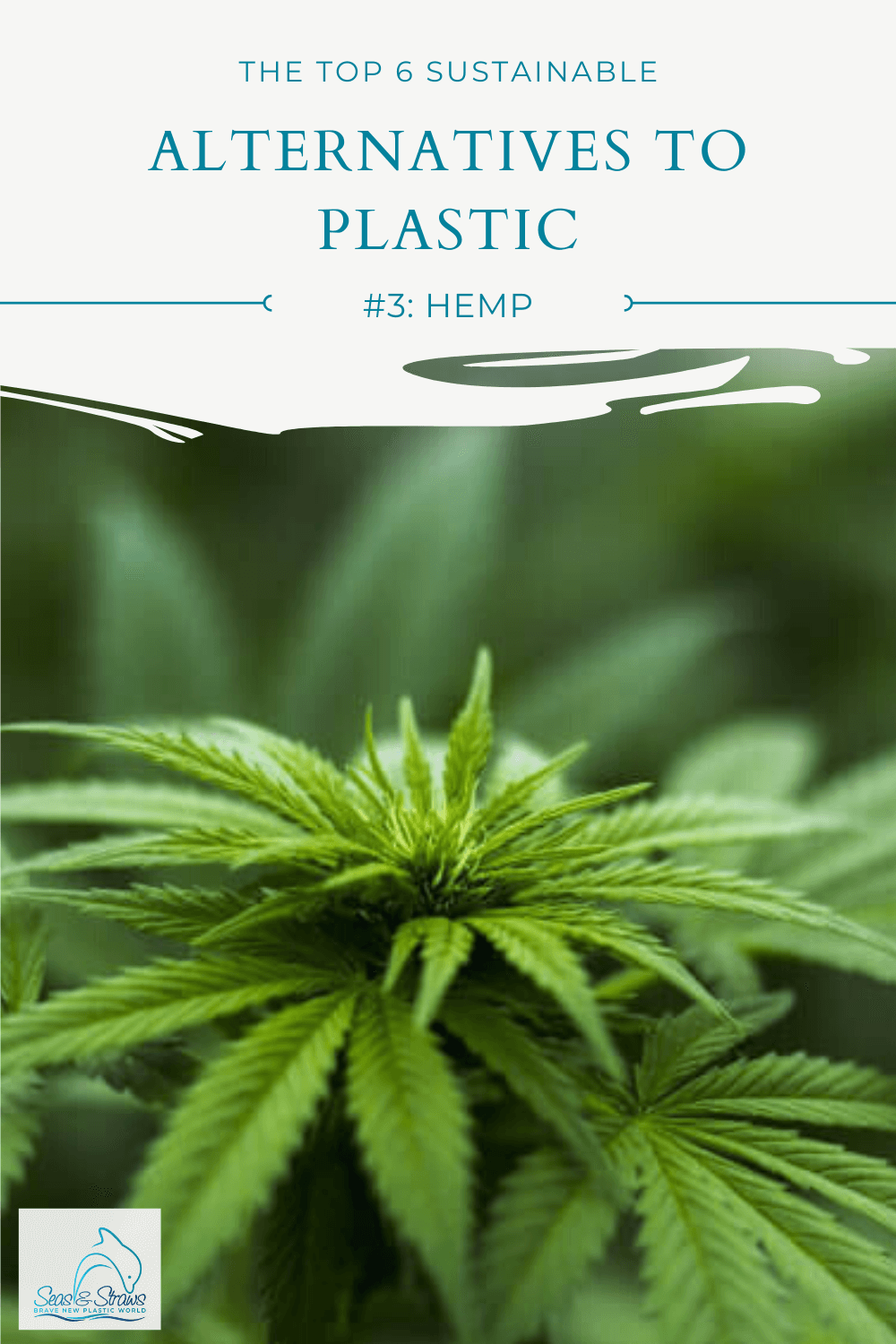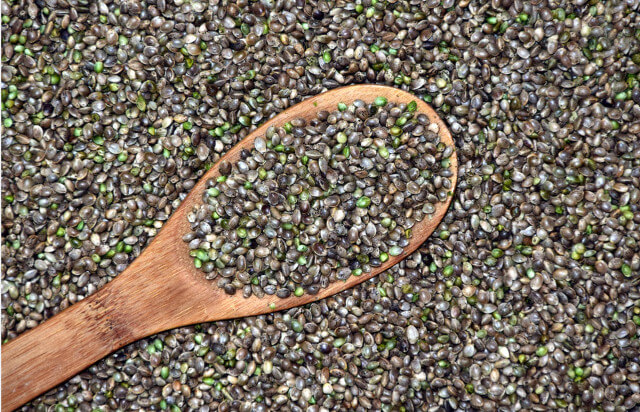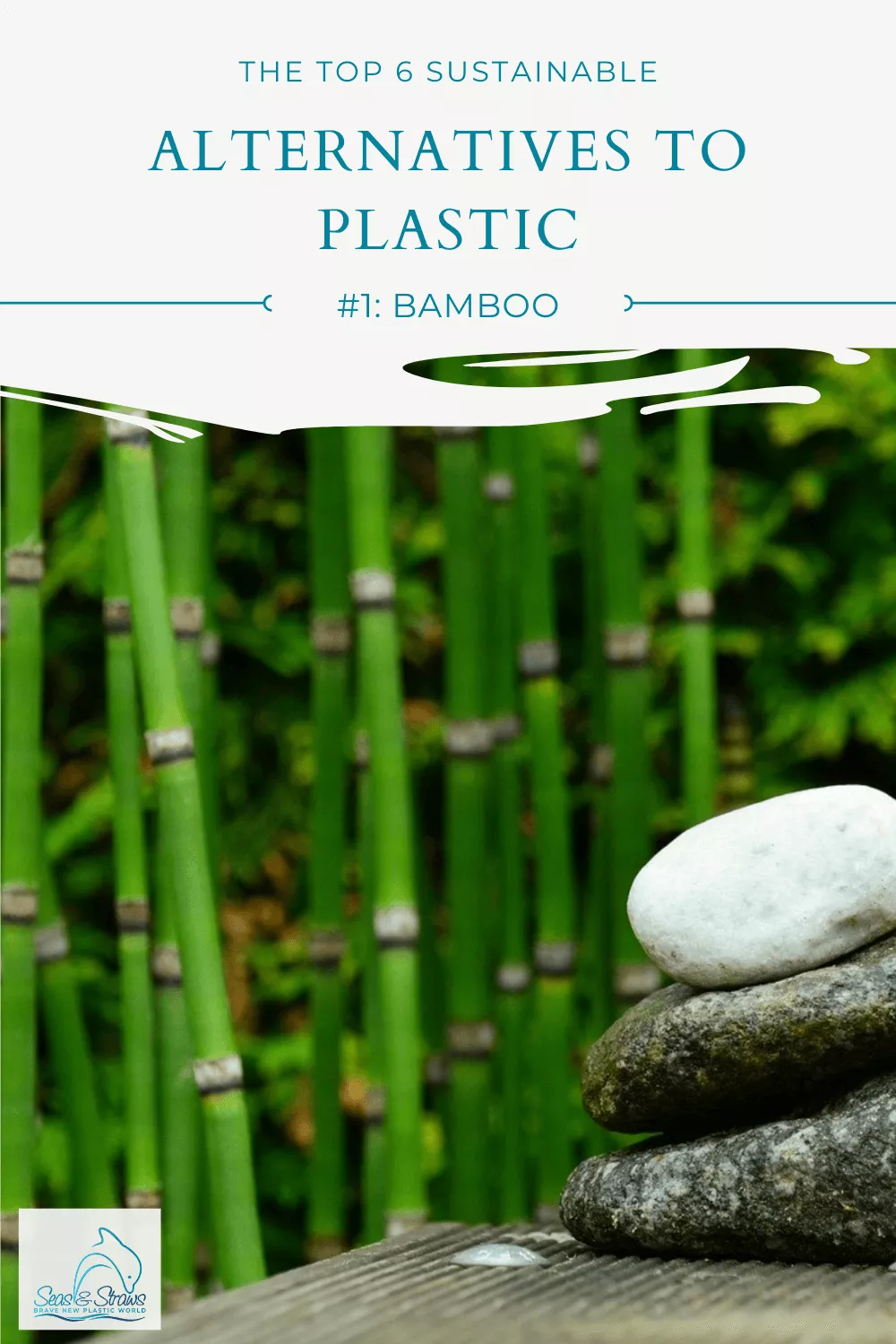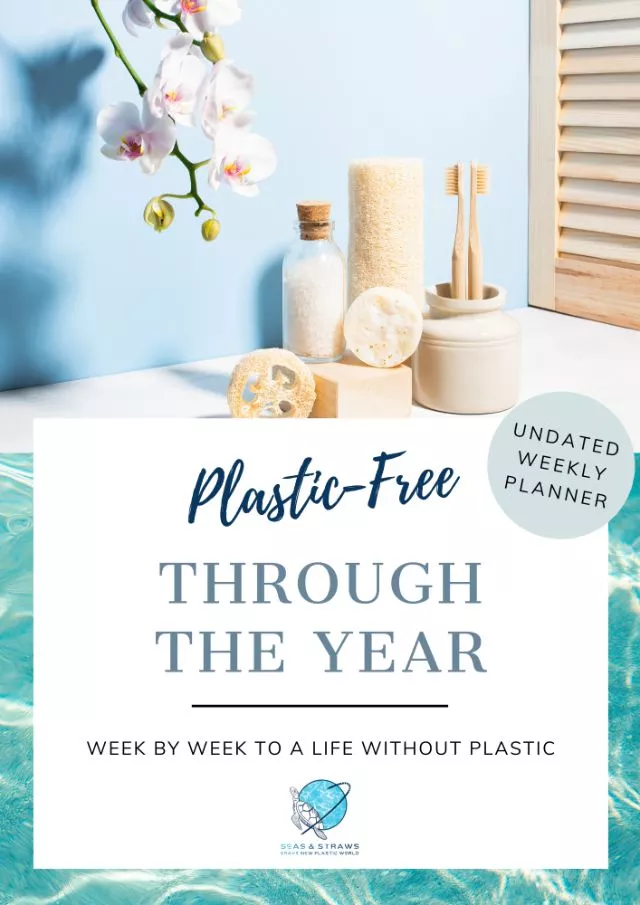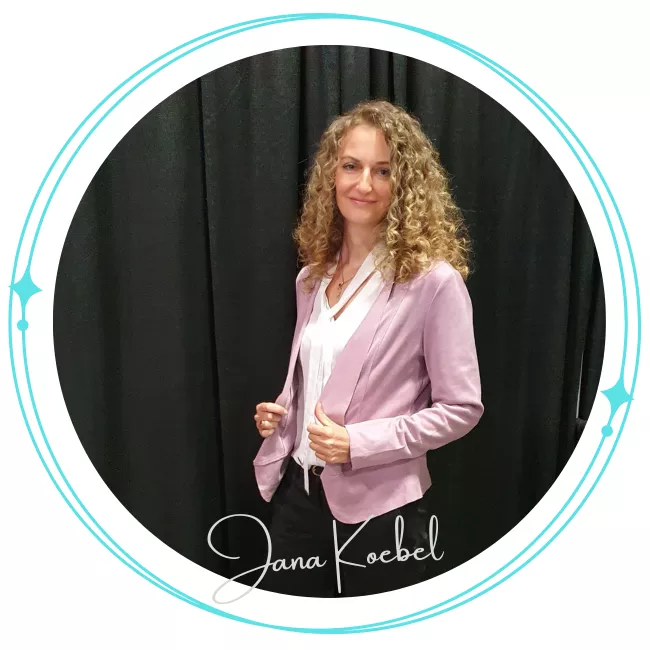- Home
- Plastic Alternatives
- Hemp
Why Hemp plastic will be the next blockbuster
There are a lot of things in our life that are made from plastic. It is hard to go anywhere without interacting with some form of the material. Plastic was created to be moldable and sturdy which makes it useful for almost anything. However, it is also damaging to our environment. Apart from its main component crude oil, plastics have several other toxic chemicals added to them. These compounds make the material more stable, but they are also difficult to break down. Sure, some plastic materials can be recycled, but a significant percentage (about 91 percent!) ends up as litter. Plastic waste pollutes the ocean and leads to the deaths of thousands of animals every year.
Hemp plastic is an alternative to crude oil plastic. It is all-natural, non-toxic and renewable. Can hemp save us from destroying our planet?
What is Hemp Plastic?
Hemp plastic is made from Cannabis Sativa. It is one of the oldest plants domesticated by man - and one of the most useful. Hemp requires a temperate environment and only a small amount of water to survive. This makes it available to grow in many places around the world.
The plant can grow over 15 feet tall but it is not very wide, so it can be planted in abundance without taking up too much space. The long stalks are cut to produce one of the strongest fibers currently available. They can be used to make an array of products - hemp plastic being one of them.
Industrial hemp is the perfect plant to make plastic because it has a large amount of cellulose (over 60 percent compared to paper which only contains 40 percent). This makes it strong, durable and versatile. There are thousands of applications ranging from regular plastic that has been strengthened with hemp fibers or cellulose to 100 percent hemp material. Plastics that are exclusively made from Cannabis Sativa are completely biodegradable and pose no health or safety risks.
Characteristics
Hemp plastic is similar to plastic in many ways. It is a building material that can be shaped into numerous forms, and its products can be used in everyday situations. Unlike petroleum-based plastic, though, hemp is organic, nontoxic, and even decreases pollution.
Hemp plastic is completely biodegradable
The plastic that we are used to is made from crude oil and several other processed chemicals that are mixed together. This process is not only highly toxic and harmful to us and the environment. The finished product will also not break down for centuries. The litter will stay in the environment, harming all animals along the food chain, including us.
Hemp plastic is made from a plant and the process to take the cellulose from said plant is 100 percent natural. Provided that it is mixed with other natural materials, it will fully decompose within a few months.
Hemp plastic is stronger than conventional plastic
Cannabis Sativa is versatile and can replace standard plastic in almost every capacity. It is about twice as strong as Polypropylene while being a lot lighter and more durable. Plus, it can be used in standard injection molding machines without needing to use any additional modifications. Unlike regular plastic, hemp plastic naturally has fire-retardant properties.
Hemp plastic is renewable
Being a plant product, hemp grows incredibly fast and can be used as quickly as it is grown. As long as there are decent growing conditions, hemp can be harvested and plastic can be made. For as much as we use plastic, having an option that can continually grow is important.
Hemp is non-toxic
Unlike regular plastic, hemp does not contain BPA, phthalates or other chemical substances and endocrine disruptors. Almost no pesticides are needed to grow the plant which makes it naturally organic. It also removes CO2 from the air, so it makes the world healthier instead of polluting it. A good thing for us and the planet.
Sustainability
Hemp is highly sustainable. Compared to the environmental devastation caused by harvesting crude oil, there is very little that has to be done to grow hemp. It only requires a small amount of water and sunlight to thrive and has adapted to be able to survive everywhere except Antarctica and the North Pole.
It also grows very quickly. It can grow to full size, which is around 15 feet tall, within four months. Cutting and processing is easy and efficient. New plants can be growing in the same week that older plants were cut. Approximately 500,000 tons of hemp were processed in the last year. Depending on how it is manufactured, hemp plastic can be made to decompose and be part of the earth. It is a truly circular process.
Applications
The number of hemp products has increased in the past few years. It has already surpassed $600 million in estimated sales in the past year. The fibers of the plant can be used for much more than hemp plastic. It is already incorporated into thousands of products, and more items are currently being invented.
Paper and cardboard products
Just like bamboo, hemp grows extremely quickly and can be harvested multiple times during the year. It is also a plant, not a tree, so you do not need to cut down the whole plant in order to harvest the stalks. Hemp paper does not become yellow and can be recycled up to 4 times more often than paper.
Construction
Building materials made from hemp are lightweight, long-lasting, isolating, pest free, mold free and fire resistant. They are also naturally free of chemicals as very few pesticides are needed to grow the plant.
Clothing
Again, hemp materials are naturally organic and literally pesticide free, which is not only great for the environment, but for our health as well. Fire-repellent chemicals are not needed as the fabrics are naturally fire retardant.
Why not try it? WAMA is a U.S. startup that produces underwear and swimwear made exclusively from hemp.
Fuel
Hemp oil can be made into biodiesel or ethanol. Both are clean, non-toxic and all in all better for the environment than fossil fuels.
Food
Hemp seeds should be a nutrituous part of every healthy diet. They contain a high amount of protein, along with magnesium, potassium, and almost every vitamin and mineral that the body needs.
Automotive
Currently, the automotive industry is the largest hemp plastic consumer. With hemp being much lighter and more durable in accidents than plastic, it's already used for dashboards, paneling or speaker systems.
Legality
While many think hemp is associated with marijuana, there is almost nothing in common between the two plants. Unlike marijuana, Cannabis Sativa has a very low amount of Tetrahydrocannabinol (THC). THC is the substance that causes users to feel “high”. Hemp only has 0.5 percent of the substance (whereas marijuana typically contains around 15 percent). This is not enough to produce any reaction within humans. This stigma and our dependance on plastic has led to many not knowing the benefits of hemp.
Using hemp plastic for industrial production is legalized in the United States under pilot programs issued by the 2014 Farm Bill. On the other hand, growing hemp for personal use has several restrictions. Most of the hemp and hemp plastics used within the United States have been imported.
Conclusion
Hemp and hemp plastic are a green way to create the majority of items we use on a daily basis. It is biodegradable and can reduce the amount of toxins in our air. With such a versatile, natural, and sustainable product available to us it is hard to believe that hemp is not used for more. Of course, you can't substitute all plastic products with hemp, but our dependence on plastic increases with each passing year. The damage we are doing to the environment is also growing with our addiction. However, there is a better way. As more uses are being found for hemp plastic, there is no doubt that there will be less restrictions on the compound. Opening up our world to hemp will make all our lives a little better.
